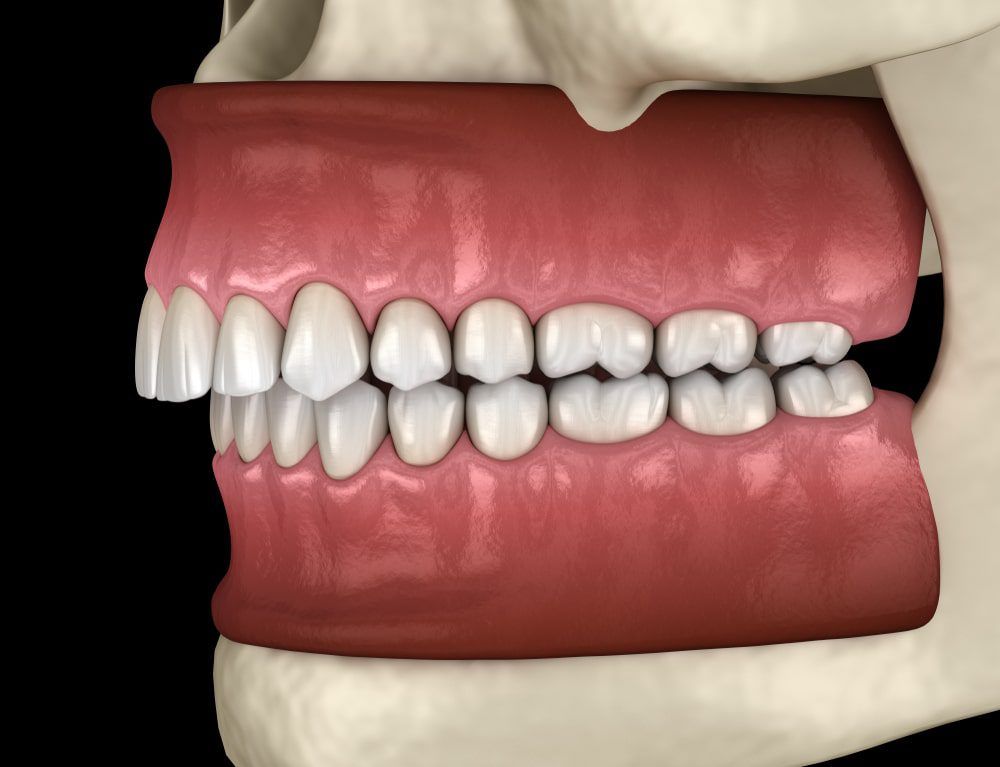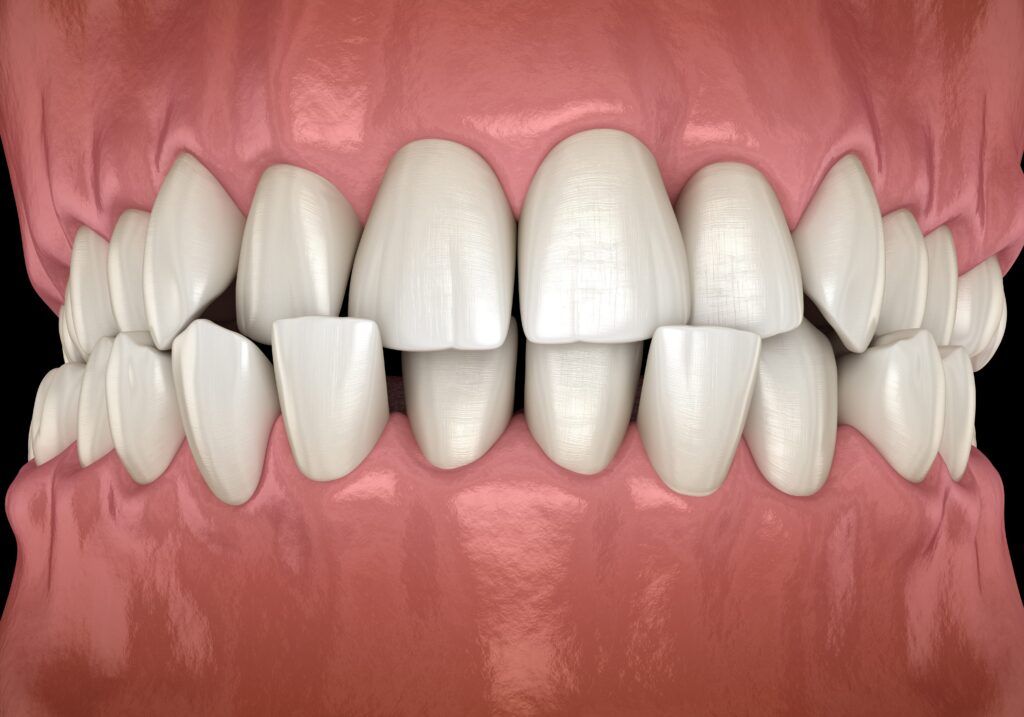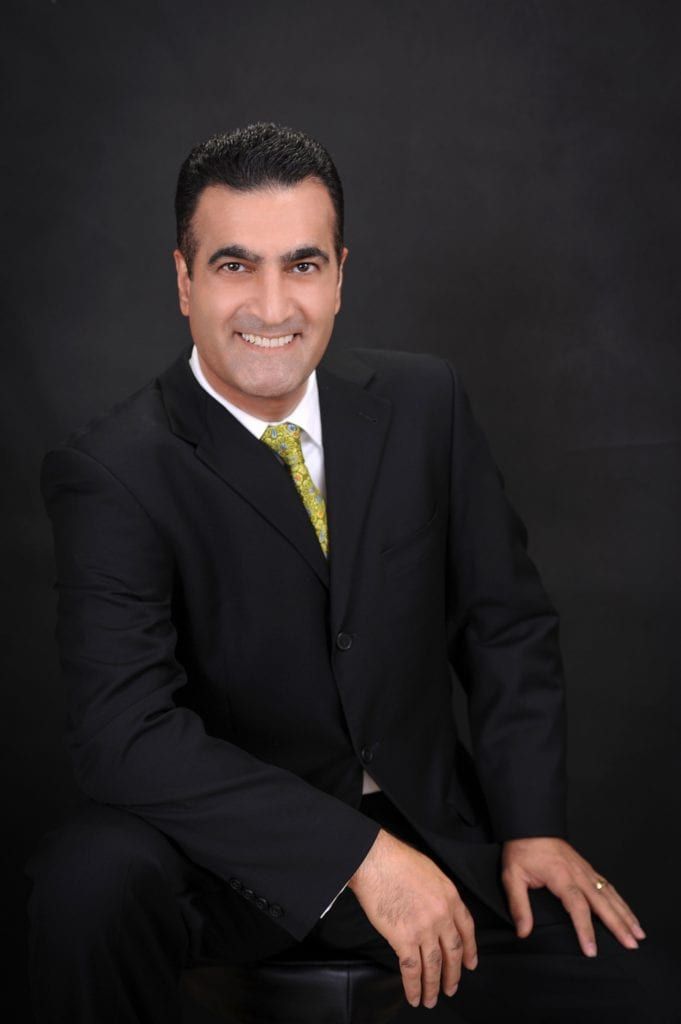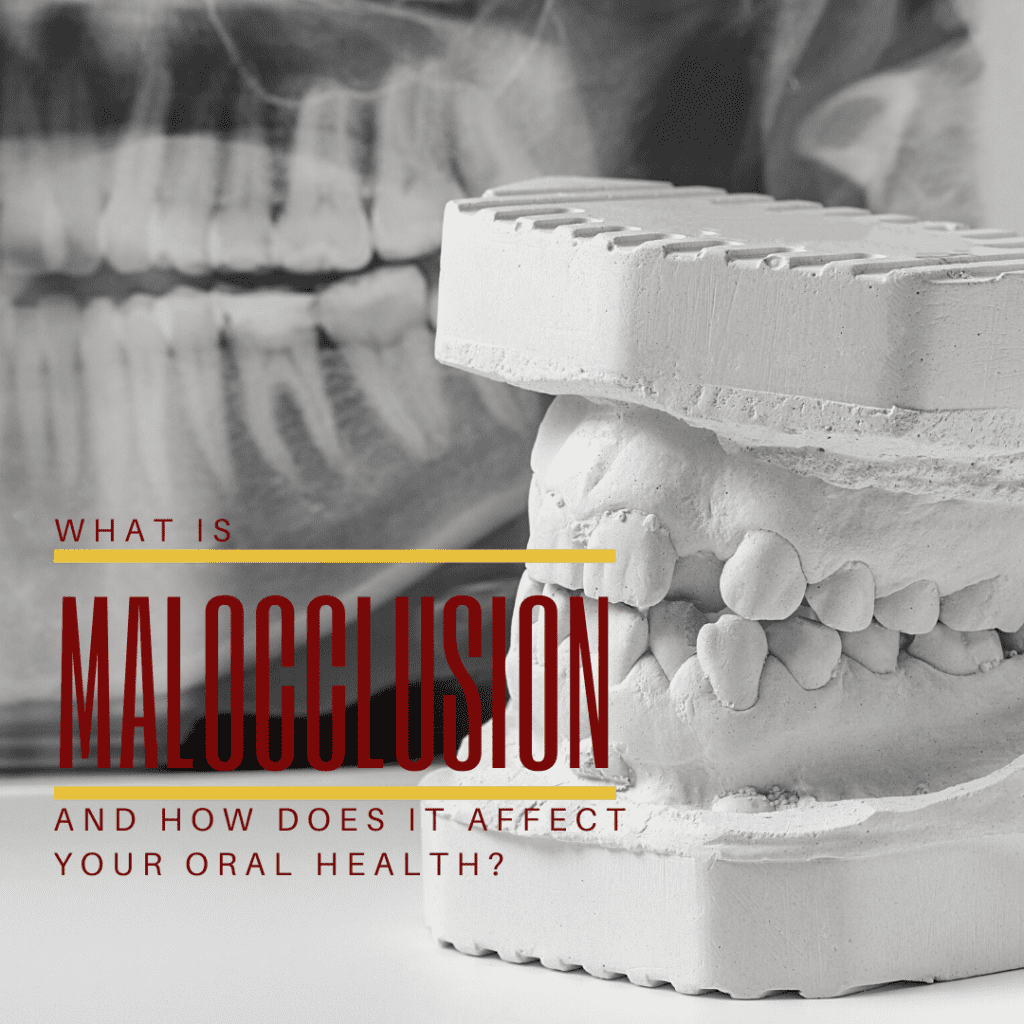Malocclusion is a common dental condition that can affect your oral health. The word itself means “bad bite” and it occurs when the upper teeth do not meet up with the lower teeth in the proper position. This can lead to many different problems including pain, difficulty chewing food, facial asymmetry and more. In this blog post we will discuss malocclusion and how it affects your oral health.
Types of Malocclusion
For starters, it is important to know what a properly aligned bite looks like. In a properly aligned bite, the upper jaw slightly overlaps the lower jaw. This allows the points on your upper teeth to fit into the grooves of your lower teeth. If this does not happen, then you likely have malocclusion.

There are different types of malocclusion, depending on how your bite is aligned. These include:
Underbite
An underbite is when the lower front teeth are in front of the upper front teeth. This is frequently caused by an overgrowth of the bottom jaw, but it can also be due to thumb-sucking or prolonged pacifier use during childhood.
Overbite

An overbite is when the upper front teeth extend significantly over the lower front teeth, often exposing an excessive amount of gum tissue. This type may also be caused by thumb-sucking or prolonged pacifier use during childhood and it can lead to problems with chewing food properly, speech difficulties and other dental issues such as tooth decay due to increased plaque build-up.
Crossbite

A crossbite is when the upper teeth bite inside the lower teeth, on either the front or back side. This can be caused by several different factors such as a narrow jaw, enlarged tonsils or adenoids, incorrect tooth eruption and more. It can also be a result of thumb-sucking or prolonged pacifier use during childhood.
Your dentist will diagnose malocclusion by its type and severity. For diagnostic purposes, there are three categories of malocclusion:
- Class 1: when your upper and lower molars are in a good position, but other teeth are either too close or too far from one another. This is the most common type of malocclusion.
- Class 2: when you have a severe overbite that causes your upper teeth to significantly overlap your lower teeth. Can be the result of a small lower jaw.
- Class 3: when you have a severe underbite that causes your lower teeth to overlap your upper teeth. Can be the result of a large lower jaw.
How Malocclusion Affects Oral Health
Now that you know a little bit about the different types of malocclusion and its diagnostic classes, let’s discuss how it can affect your oral health. As we mentioned earlier, malocclusion can lead to many different problems including pain, difficulty chewing food, facial asymmetry and more. In most cases, the effect malocclusion has on oral health is dependent on its severity.
One of the most common problems caused by malocclusion is tooth decay. This is because when the teeth are not in the proper position, it can be difficult to keep them clean and free of plaque and bacteria. This is especially the case when the teeth are overcrowded and may overlap one another. Plaque build-up can cause tooth decay and other dental problems.
Facial asymmetry is another common problem caused by malocclusion. This is when one side of the face appears different from the other, due to differences in the position of the teeth or jaws. Malocclusion can also affect your side profile. For example, an overbite can make your chin look weak or less pronounced when viewed from the side.
If you are experiencing any of these problems, it is important to see a dentist for evaluation and treatment. Early detection and treatment of malocclusion can help prevent serious problems from occurring. While your exact treatment will vary, there are a number of ways that your dentist can help you correct malocclusion to improve your oral health and appearance.

Dr. Sadati possesses extensive experience in all aspects of advanced restorative dentistry, with an emphasis in cosmetic and implant dentistry. He has attained Accredited Fellow status in the American Academy of Cosmetic Dentistry (AACD), the most rigorous, demanding credentialing process in the world. He is the only AACD Accredited Fellow in South Florida.


